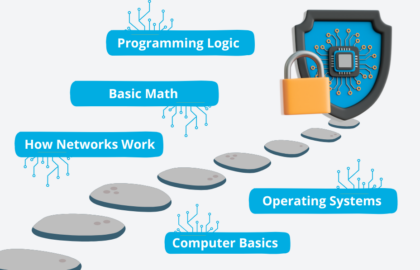The following is a guest post by Scott Luptowski and originally appeared on his blog. Scott is currently in the Ruby-003 class at The Flatiron School. You can follow him on Twitter here.
In mid-October I detailed the process of creating my first gem: Standings, a command line gem which allows users to see the current standings of the English Premier League. I recently expanded the gem’s functionality to allow users to see the scores from multiple European soccer leagues.
Improving the gem meant a massive restructure of my previous gem, which was designed with one league in mind. I’d like to talk about the challenges I faced and the decisions I made.
Command Line Arguments
My first stop was to modify the construction of the program to take command line arguments. This required little work due to a great gem called Trollop.
Implementation was dead simple. At the start of my application, I define a block with all of the possible arguments:

When a user runs Standings with a valid command line argument, Trollop passes me a hash in the following format, and I grab the identity of the league. Trollop provides the logic for dealing with invalid command line arguments.

Logic and Layout
Converting my gem from one league to many leagues required lots of reorganization. My previous English league-specific iteration scraped the same page each time and hard-coded many facts specific to the English league. My class structure was very simple: a TableScraper, a Displayer, and a Team class which instantiated a new object for each team.
Including multiple leagues necessitated a more robust class structure. Each individual league has a number of idiosyncrasies that I needed to keep track of so I could abstract away the details from other classes. Namely, I needed to know the proper URL to scrape and each league’s respective number of teams in the qualifying spots and relegation zones.
I decided to call this class League, though a better name would be LeagueReference: it exists as a central place of information about each league. It provides data such that the TableScraper class knows where to scrape and Displayer knows what to color.
I initially modelled this application as close to reality as possible, including the initialization of multiple leagues, i.e. epl = League.new(:epl).
Challenges
I hit a snag, though: I needed all of this information accessible to other classes (namely, the TableScraper and the Displayer class). I couldn’t simply instantiate a new League instance and reference that instance inside my other classes. So I made the decision to hold all league logic inside League class variables.
In the real world, there is more than one instance of a league, but in my application there is only one League at a given time. I feel this was the best solution to the problem, even if it does not entirely model the real world.
More to Come
In the future I would like to add even more leagues to the gem. Currently the number of leagues I use is limited by my data source. I would like to add logic to rely on multiple data sources; doing so would require refactoring the TableScraper class to give it instructions on new sources to scrape.
Ultimately, I would like to rely on a JSON API as a source of data rather than scraping; this would not only improve speed but would also provide me with added functionality based on the API’s endpoints.




